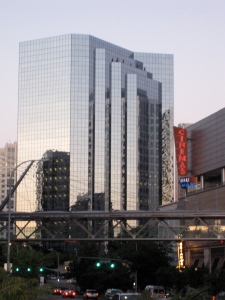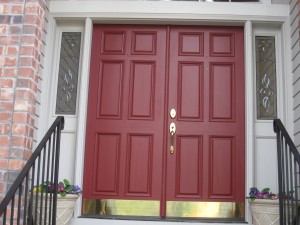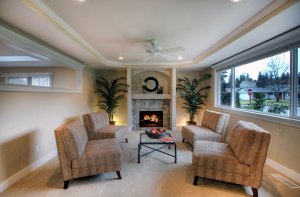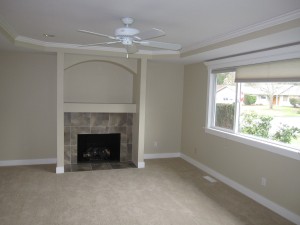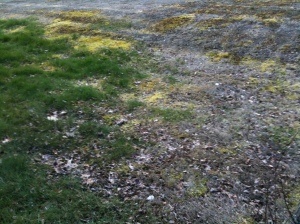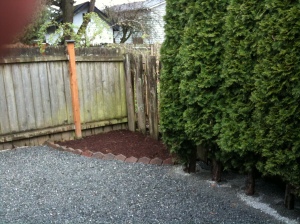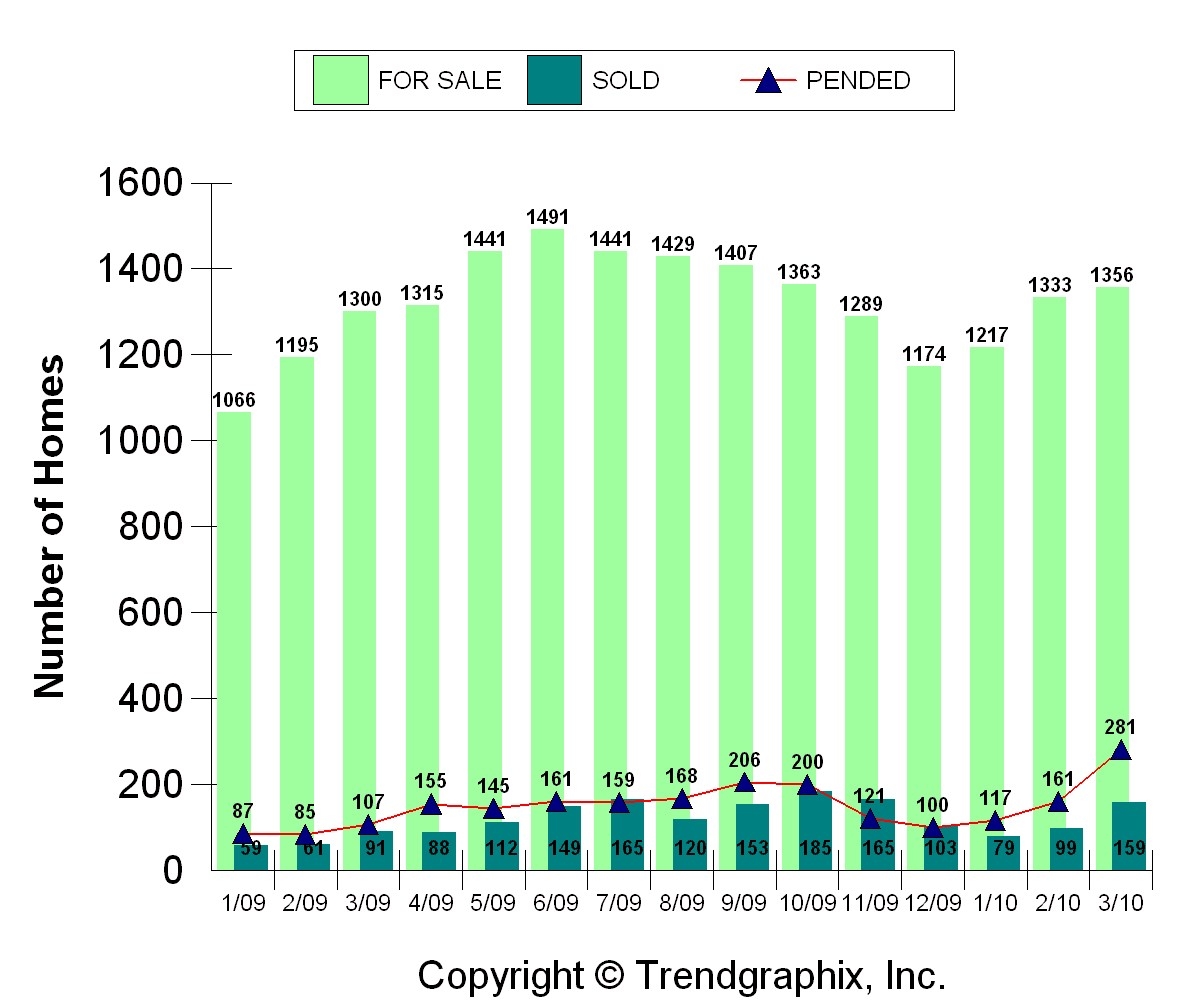Bellevue, Washington is a “smart” city in more ways than one. Three articles from vastly different sources gave “smart” reasons to live in Bellevue. The Northwest Asian Weekly, highlighted many of the reasons the Asian community has flocked to the city of Bellevue in recent years.
US News and World Report announced its list of top schools in the nation today. Several Bellevue Schools made the list.
Lastly, an article in the NRDC, The National Resource Defense Council, Smarter Cities blog commended Bellevue for its use of hydro-power as part of Washington State’s “Shrink Your Carbon Footprint.”
Bellevue is a “smart” place to live because of:
- The quality of life
- Education
- Economic growth
- Prosperity
- A good balance with a strong business climate combined with “smarter” energy sources
The Northwest Asian Weekly had some great quotes, which sum up many of the most important reasons why Bellevue has become a “smart” place to live. The reasons it is a great place, a smart place, make Bellevue a great place to live for everyone.
The Quality of Life:
Bellevue’s prosperity has attracted Asians from other countries and from surrounding cities. The corporate job opportunities, low-crime rate, city facilities and services, high-ranking school district, low property taxes, and appreciating real estate values in Bellevue satisfy the criteria that many immigrants look for in finding a place that represents what they feel America has to offer, as well as a place where their children can thrive.
Education:
The higher influx of immigrants is also reflected in Bellevue’s school district where Asian languages are among the top 10 languages spoken among the student body. Immigrants valuing college education for their children cite the quality of the schools as one of the main reasons for moving to Bellevue. In 2009, five Bellevue high schools — International, Interlake, Newport, Sammamish, and Bellevue — were ranked in the top 100 public schools in the nation by Newsweek.
Today, US News and World Report published its list of the top schools in the country. Other high schools in King County made the list, but Bellevue had four schools honored:
- The International School: # 10 out of the top 100 Gold.
- Newport High: #72 out of 100 Gold.
- Bellevue High: #78 out of 100 Gold.
- Interlake High: Silver medal
The economic climate:
“Bellevue is now home to the headquarters of many small and large businesses, many of which are technology companies that started in the 1990s and are still growing with their global presence,” said Debadutta Dash, co-chair of Washington State India Trade Relations Action Committee.
“Perhaps nowhere else than in the Bellevue area could you find such a high concentration of individuals and businesses with international connections,” said HSBC Bank Vice President-Manager Victor Melnik.
Prosperity:
Based on per capita income, Bellevue is ranked as the 15th wealthiest of the 522 communities in Washington.
The NRDC blog Smarter Cities blog highlights Bellevue as a city which is part of the Washington State’s plan to shrink carbon emissions through hydro-power. Bellevue achieves its growth as a burgeoning economic center while balancing its carbon footprint. In addition, Bellevue has lots of green with 90 parks and many walking trails.
Why do you think Bellevue is a “smart” place to live?
 Facebook
Facebook
 X
X
 Pinterest
Pinterest
 Copy Link
Copy Link
